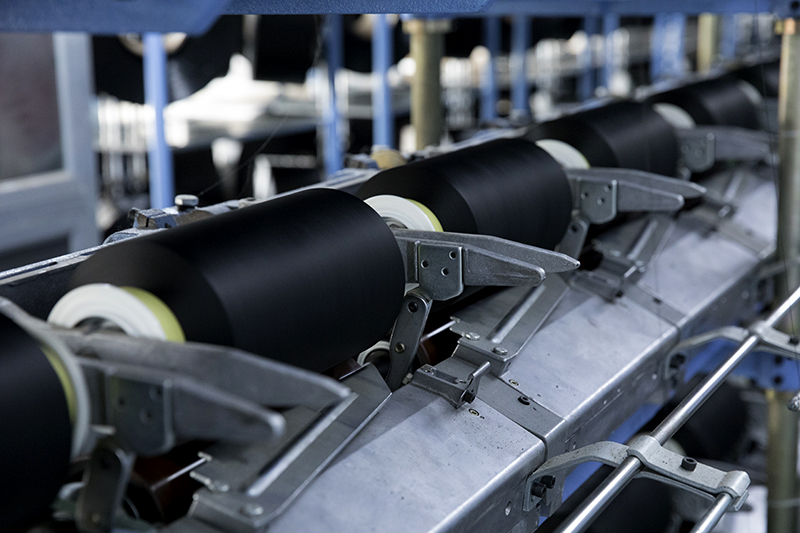Breathable Brown Black 300D/96F DTY Yarn High-Intermingled 99.99% Polyester Yarn...
See DetailsControl measures when occasional yarn defects and frequent yarn defects are not high and the DR% value (±20%, 0.01m) is high
Sometimes we will find that the occasional and frequent yarn defects are not high in the test, but the evenness CV% is high. At this time, if the DR% value (±20%, 0.01m) is tested, it will often It was found that the DR% value (±20%, 0.01m) was significantly higher. In other words, the DR% value (±20%, 0.01m) has a very obvious effect on the yarn evenness CV%.
When the occasional yarn defect and the frequent yarn defect are not high and the DR% value (±20%, 0.01m) is high, adjustments should be made mainly from the two aspects of raw material and process.

In terms of raw materials, the uniformity value of the fiber should be improved, the rate of short nap, neps and fines should be reduced, and the materials with good maturity and fineness should be selected.
In terms of process, the length-variation curve can be used to find and confirm the key parts that affect the even CV%, and the product quality can be improved by adjusting the corresponding process parameters.
Knitting yarns have higher requirements for yarn evenness unevenness, and coarse details must be strictly controlled. Capacitive evenness tester and yarn defect tester have blind spots in controlling the quality of knitting yarn. The electronic yarn clearer can not fully meet the requirement of flawless knitted fabric in terms of clearing the coarse details of the yarn. It is of practical significance to use the DR% value (±20%, 0.01m) to evaluate the influence of the yarn on the surface of the knitted fabric. 6.5 According to the distribution of different thickness and details contained in the DR% value (±20%, 0.01m), adopting corresponding control methods can effectively improve the control effect of yarn quality.